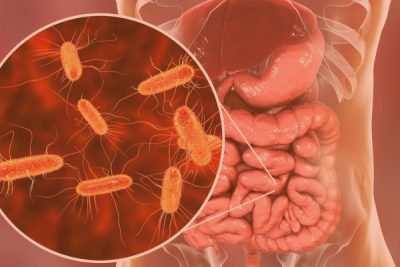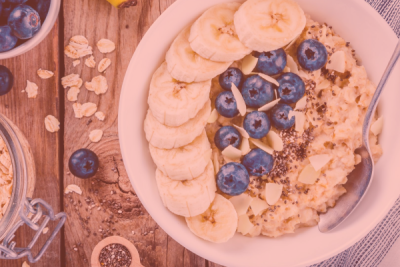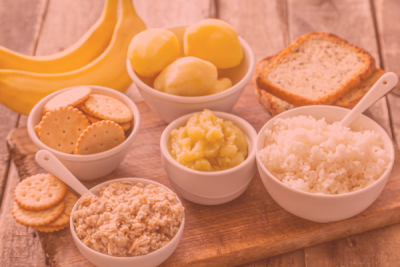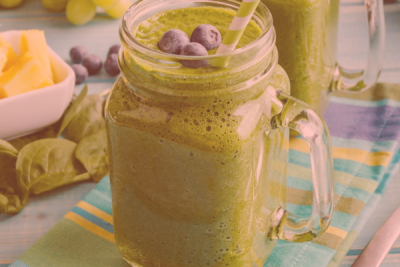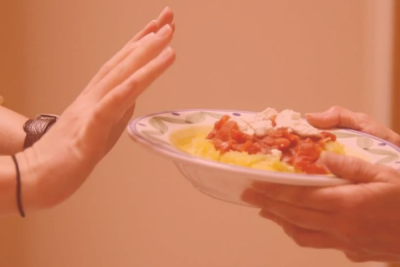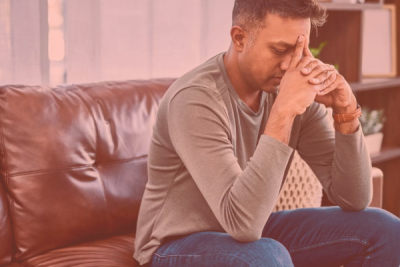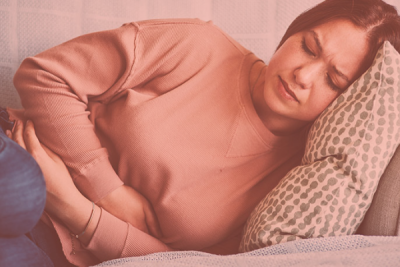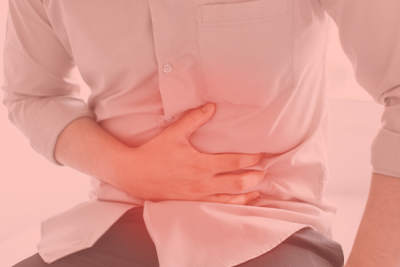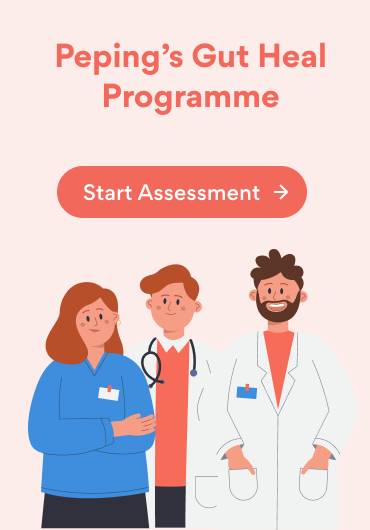IBS Pain- nature, type, severity, frequency, and symptoms
Irritable bowel syndrome (IBS) pain can be frustrating, confusing and hard to predict. It may be experienced in different locations, and be present one day and gone the next.
The pain may be sharp and stabbing, with painful spasms and cramping, or constant dull aching, throbbing, or intermittent. For some individuals, pain intensity may change during the day, from mild and nagging to severe and crippling, while some individuals experience pain in spurts. There may be pain-free days, mild-pain days, or days with constant pain.
The pain may be acute (present for a week or less) or chronic (six months or longer). Chronic IBS pain is most often reported in the lower abdomen and may be worsened after eating and relieved or at times worsened after bowel movements.
For IBS diagnosis the Rome IV criteria state that a person must experience recurrent abdominal pain, at least one day/week in the previous three months, with two or more of the following criteria:
- Associated with defecation
- Related to a change in the form (appearance) of stool
- Related to a change in stool frequency
What causes pain in IBS?
IBS pain is functional and visceral, i.e., there is no structural damage as in ulcers and it originates from your internal organs—your intestines.
Strong muscle contractions in the intestinal wall can cause bloating, gas, or diarrhea.
IBS patients also experience visceral hypersensitivity, which means that there is an increased sensitivity to pain and sensations occurring in the gut, due to disruptions in the gut-brain connection.
In IBS patients, normal amounts of gas or intestinal movements can trigger pain-sensing nerve receptors in the intestines more than usual, resulting in central sensitization and the brain overreacting to mild, non-harmful pain signals. Thus, IBS patients have long-lasting or chronic pain.
IBS can also develop after a viral or bacterial infection (gastroenteritis). IBS has been linked to a surplus of bacteria in the intestines (bacterial overgrowth).
Stress, an imbalance in gut microbes, irregular eating habits (such as skipping meals), eating certain foods (such as fatty or spicy foods and gluten), or intense exercises can trigger IBS pain.
IBS Pain- symptoms and locations
Common IBS symptoms include:
- Abdominal pain and bloating
- Constipation
- Diarrhea
- Mixed bowel movements (going from constipation to diarrhea)
- Passing mucus during bowel movements
- a feeling of incomplete bowel movements
- loose and/or frequent stools
- Fatigue and sleeping difficulties
- Anxiety and depression
If you have abdominal pain with a loss of appetite, weight loss, malnutrition, breathlessness, or blood in your stool or vomit, you must contact your healthcare provider immediately.
IBS commonly causes pain in the abdomen and rectum, and also in the back, chest, and head (as a headache or migraine). Since IBS patients are likely to suffer from rheumatoid arthritis and fibromyalgia, they may experience pain in the muscles and joints.
The vagus nerve connects the brain to the gut along the gut-brain axis. This nerve can relay pain signals and information from the brain to the gut and vice versa. Since the vagus nerve is involved in both migraine pain and IBS symptoms, it’s often implicated in overlapping symptoms.
Irregularities in gut transit time can cause constipation or diarrhea, whereas gas buildup in the stomach or colon can give rise to aching, cramping, or sharp stabbing pain.
A person with bloating, gas or distension may have abdominal pain, whereas an individual with gas and heartburn could have chest pain. Chest pain could be experienced when gas is trapped in your stomach or in the left part of the colon, or due to acid reflux (gastrointestinal reflux disease or GERD).
A 2011 study reported that IBS patients may have bloating and pain due to difficulties in moving gas through the gut, difficulties in evacuating gas from the gut, and higher gut pain sensitivity than others.
Upper abdomen pain: This often occurs with bloating and may be worse after meals.
- Middle abdomen pain: Cramps can occur around the area of the belly button.
- Lower abdomen pain: This type of pain is more likely to be eased by bowel movements.
A study showed that IBS patients may experience face pain and compromised movements of the jaw joint. External hemorrhoids may be associated with IBS and cause rectal pain.
Identifying where your abdominal pain is located can help tell the difference between IBS and other common digestive disorders.
- For example, if you have pain behind your chest after you eat, and it gets worse when you bend or lie down, it may be heartburn (acid reflux) instead of IBS.
- If you have pain after meals below your chest but at the top of your abdomen, is likely to be indigestion.
However, IBS patients may have acid reflux and indigestion too.
Final thoughts
IBS patients commonly complain of abdominal pain; however, they may also experience pain in the head, jaw, back, muscles, and joints, which may range from sharp shooting to dull aching, being worse on one day and much better on the next.`
IBS symptoms may be relieved by heat packs, relaxation techniques, peppermint tea, antispasmodics, and avoiding food triggers. Methods to reduce gas and bloating include eating soluble fibre and probiotics, limiting the intake of wheat-fibre, fats, artificial sweeteners, and carbonated drinks.



